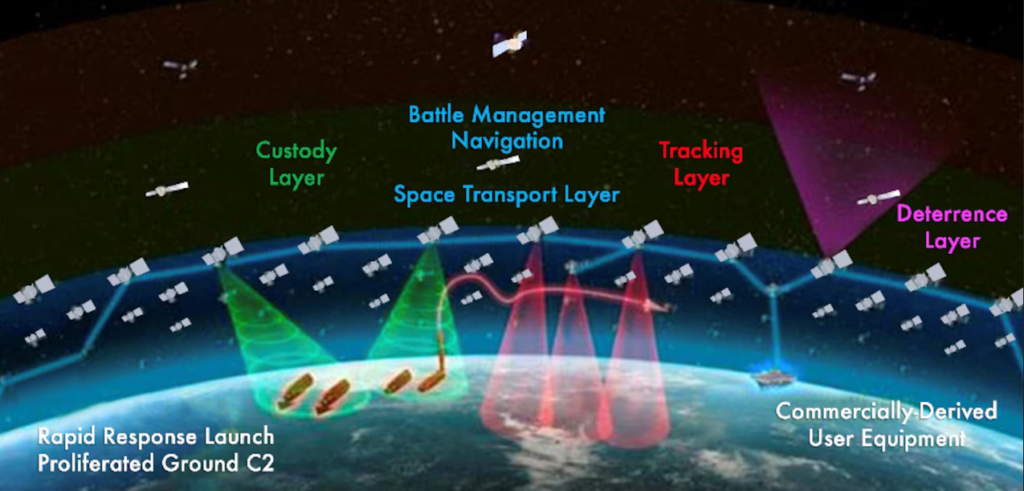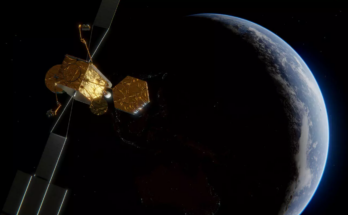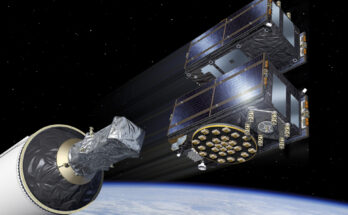
The U.S. Space Force issued a Request for Information on July 24 for a Commercial Augmentation Space Reserve. The CASR would be similar in concept to the U.S. Air Force’s Civil Reserve Air Fleet (CRAF). The Air Force can, in times of emergency, use its CRAF of commercial carriers for transport missions. In a similar vein, the Space Force wants to have a commercial backup for communications and remote sensing. The performance of SpaceX’s Starlink in Ukraine is likely one of the drivers of this push.
Starlink has proven invaluable to Ukraine’s military and has demonstrated that commercial providers can have a place in the military world. Without Starlink, Ukraine’s communications and likely PNT (positioning, navigation and timing) would be at an inferior level. Starlink provides high-speed broadband Internet access via a large LEO constellation. The constellation is geared toward users in locations where the Internet is unreliable, nonexistent, or expensive, and is therefore well-placed in a warzone.
As militaries across the world look to the sky and space, resiliency in capabilities is becoming more of a necessity than a luxury. GEO, MEO and LEO satellites all have their advantages and disadvantages when fulfilling their missions. LEO is becoming ever-more popular, but MEO and GEO orbits have not gone away. When looking at the future missile tracking system alone, it becomes apparent that, with its various layers (OPIR, Tracking Layer, and Resilient Missile Warning/Missile Tracking – MEO), it will utilize satellites in all of these orbits. Will more be merrier?
The short answer is, Yes. If a big GEO satellite is disabled in an attack, communications could be compromised here on the ground. However, if a massive LEO constellation of thousands of birds suffers an attack, the chances of the service being compromised is mitigated. Having plenty of satellites in orbit, regardless of the type of orbit, seems to be the way forward. It doesn’t hurt to have a commercial backup or backups when troops on the ground depend on reliable communications, PNT and reconnaissance.
Carter Palmer has long held a keen interest in military matters and aviation. As a FI's space systems analyst he is responsible for updating the reports and analyses within the Space Systems Forecast – Launch Vehicles & Manned Platforms and Space Systems Forecast – Satellites & Spacecraft products.




